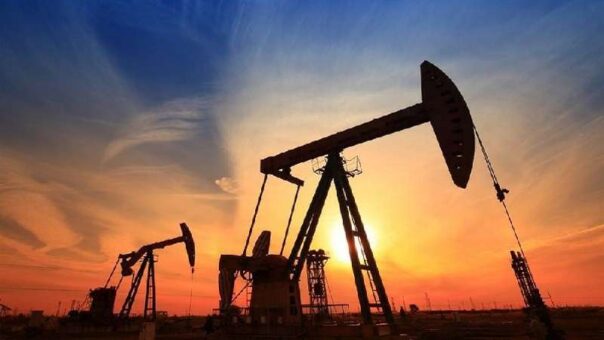Pakistan’s oil production has recorded a slight increase of 1 percent during the first nine months of the fiscal year 2023-24, driven primarily by contributions from oil fields such as Chak 2, Lashari Centre, Bolan East, and Bettani.
This finding was part of a comprehensive sector analysis released by Arif Habib Limited, a prominent brokerage house. Despite the modest increase in oil output, the report highlighted a contrasting 3 percent decline in gas production compared to the previous year.
The drop in gas production was particularly noted in major fields such as Qadirpur, Sui, Kandhkot, and Uch. The Uch field, in particular, faced issues due to an Annual Turnaround (ATA) at Uch Power Limited, which significantly impacted its output levels.
Analyzing the data on a quarterly basis reveals that Pakistan’s oil production exhibited a growth of 3 percent in the third quarter of the fiscal year compared to the same period last year. However, gas production during the same period saw a decline of 2 percent year-on-year.
During this fiscal period, the oil and gas sector managed to drill 11 exploratory wells and 30 appraisal/development wells. This was against a set target of 21 exploratory wells and 35 appraisal/development wells, indicating a shortfall in achieving the planned drilling activities.
The financial performance of the leading listed companies in the oil and gas sector also showed interesting trends. Oil & Gas Development Company Limited (OGDC), one of the top performers in the sector, is projected to achieve earnings of Rs171.774 billion, marking an 8 percent increase compared to the previous year. This growth is attributed to a combination of a 2 percent increase in oil production, a significant depreciation of the Pakistani rupee against the US dollar by 17 percent, and a favorable court judgment that led to the reversal of tax provisions worth Rs28 billion related to depletion allowances in the second quarter of the fiscal year.
Pakistan Petroleum Limited (PPL) also showed robust growth, with expected net profits reaching Rs96.305 million in the first nine months of the fiscal year, up by 18 percent from the previous year. This improvement was driven by the rupee’s depreciation and a substantial tax reversal recorded in the second quarter.
Mari Petroleum Company Limited (MARI) is another notable entity, with its earnings expected to surge by 42 percent year-on-year to Rs57.386 billion. The company benefited from significant increases in both gas (16 percent) and oil (18 percent) production, coupled with a 19 percent hike in the wellhead price of the Mari Gas Field and the ongoing devaluation of the Pakistani rupee.
Despite the overall sluggish economic backdrop, Pakistan’s oil and gas sector shows signs of resilience and potential growth. However, ongoing challenges such as the depreciation of the national currency and operational setbacks in major gas fields could pose risks to sustained growth in this vital sector. Industry experts emphasize the need for continued investment in exploration and development activities to ensure the long-term viability and competitiveness of Pakistan’s oil and gas industry.
